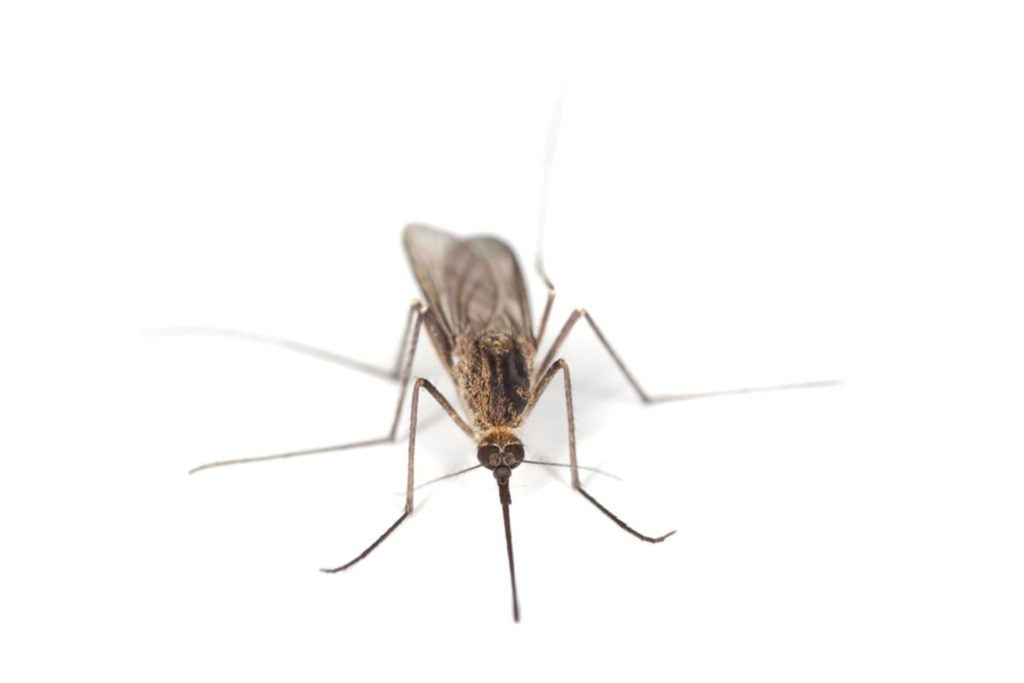Bust Bacteria: Steer Clear of Food Poisoning
View Full PDF here.
As summer temperatures rise, so does the risk of food poisoning. Keep your guests safe when dining outdoors by following these steps:
- Keep raw meats and ready-to-eat foods separate as well as the utensils used to handle each. Use different spoons and forks to taste, stir, and serve.
- Make sure all foods are promptly refrigerated below 40°F. If perishable foods are left out for more than two hours (or one hour in 90°F weather or above), throw them away.
- Scrub the grill with hot, soapy water before cooking your outdoor favorites.
- Wash your hands before, during, and after food preparation.
- Marinate foods in the refrigerator and never reuse marinade used on raw meat or poultry unless it’s boiled first.
- Use a food thermometer to make sure grilling favorites are cooked to proper temperatures, such as hamburgers to 160°F, chicken to 165°F and hot dogs to 160°F. Never partially grill meat or poultry to finish cooking later.
Source: Academy of Nutrition and Dietetics


Preserve Your Life
The Red Cross advises EVERYONE to wear a life jacket when boating or rafting – however, particular caution should be taken with children and inexperienced swimmers. Children should wear life jackets when in, on, and around the water, even if a lifeguard is present. Here are some additional tips for life jackets.
- Make sure it is U.S. Coast Guard approved. Look for the stamp.
- Check buckles and straps for proper function. Discard any life jacket with torn fabric or loose straps.
- Make sure it fits. Check the label for weight limits.
- Make sure it is the right type for the activity.
Source: American Red Cross
Mosquito Repellants: What Really Works?
According to the American Mosquito Control Association, N-diethyl-3-methylbenzamide (DEET) remains the standard by which all other repellents are judged. DEET was developed by the U.S. Department of Agriculture and registered for use by the general public in 1957. Decades of empirical testing of more than 20,000 other compounds have not identified any other repellent products with the same duration of protection and broad-spectrum effectiveness of DEET. The American Academy of Pediatrics says that all family members over the age of two months can use DEET-based repellents with up to 30% concentration with confidence.
Source: American Mosquito Control Association, American Academy of Pediatrics



Swimming After Eating: Fact vs. Fiction
“Wait a half hour after eating before you can safely go swimming” is an almost universally accepted idea. The myth involves the possibility of suffering severe muscle cramps and/or drowning from swimming on a full stomach. But while it’s true that the digestive process diverts the circulation of the blood toward the gut, and to a certain extent, away from the muscles, an episode of drowning caused by swimming on a full stomach has never been documented. Bottom line? Go with this advice from the Red Cross: “Use common sense about swimming after eating.”
Source: Nemours, U.S. Food
Change out of Wet Clothes – Immediately
It’s summer so we’re all cooling off at the pool, beach, and lake. But with all the splashing around, it’s important to not sit around in those wet bathing suits for too long. Warm, moist environments offer a potential breeding ground for Candida, aka yeast. If this yeast overgrows, that’s when you get the itching and burning feeling that yeast infections are known for. The Mayo Clinic says that to reduce your risk of vaginal yeast infection, you should:
- Wear cotton underwear and loose fitting pants or skirts.
- Change out of wet clothes, such as swimsuits or workout attire as soon as possible.
Source: Mayo Clinic, Huffington Post
Make a Healthier Smoothie
It’s hot and you’re craving a smoothie. Unfortunately, most of the smoothies sold at delis and restaurants are filled with added sugars and empty calories. It’s far better to make one at home – and to help you with that, here are some tips:
- Nix the ice cream. For a lower-calorie, lower sugar option, start with a base of milk and ice.
- Add protein. Make your smoothie hardier by adding some low-fat Greek yogurt (watch out for added sugar), almond butter, cottage cheese, or protein powder.
- Go green. Sneak in a handful of spinach, lettuce, or kale for an extra nutritional punch.
- Don’t add sugar. If you are already using ripe fruit, that should be enough to sweeten your smoothie without adding honey, sugar, syrup, fruit juice, sweetener, or agave. If you’re desperate for more sweetness, consider cinnamon.
Source: Women’s Health, FitSugar



Protect Your Hair From the Pool
A great way to damage your hair this summer is to jump into the pool while it’s still dry. Chlorine bonds easily to hair and can strip it of its natural oils, leading to frizziness, dryness, and eventually, breakage. Here’s what to do to preserve your locks:
- Before you dive in, find a way to pre-soak your hair with clear water – whether it’s with the hose or through a quick douse in the shower. Hair is porous like a sponge and can only absorb so much water at one time – so if you hair is already damp, it won’t soak up as many chemicals.
- After swimming, rinse your hair again with clear water. If you are showering and washing your hair, consider using a clarifying or specialty shampoo to remove all traces of chlorine. And don’t forget to condition!
Source: American Red Cross

